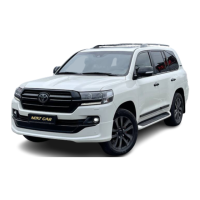
Do you have a question about the Toyota Land Cruiser 200 2018 and is the answer not in the manual?
| Brand | Toyota |
|---|---|
| Model | Land Cruiser 200 2018 |
| Category | Automobile |
| Language | English |
Guidelines for ensuring safe operation and use of the vehicle.
Essential checks and procedures to perform before starting the vehicle.
Correct use, fastening, and releasing of seat belts for all occupants.
Information on SRS airbag system components and their operation.
Guidelines for selecting and using child restraint systems.
Details on the engine immobilizer system and the alarm.
Explanation of the engine immobilizer system to prevent theft.
How to set, deactivate, and operate the vehicle's alarm system.
Explanation of various warning lights and indicators on the instrument panel.
Description of the vehicle's gauges and meters like speedometer and fuel gauge.
Information on the multi-information display and its various functions.
Details about electronic and mechanical keys, and their operation.
Procedures for operating vehicle doors using smart key, remote, or interior switches.
Instructions for adjusting front, rear, and third-row seats and head restraints.
Procedures for operating power windows and the moon roof.
Essential checks and procedures before driving, including starting, stopping, and parking.
How to operate the engine switch, shift lever, and turn signals.
Details on systems like PCS, LDA, cruise control, and parking assist.
How to operate the front and rear air conditioning, defoggers, and micro dust/pollen filters.
Details on storage compartments like glove box, console box, cup holders, and luggage features.
Information on features like sun visors, vanity mirrors, power outlets, wireless charger, and garage door opener.
Guidelines for cleaning and protecting the vehicle's exterior and interior.
Instructions for common maintenance tasks like checking fluids, tires, and replacing bulbs/fuses.
Basic information for emergencies, including emergency flashers and stopping the vehicle.
Detailed steps for common issues like towing, engine problems, warning lights, and tire changes.
Technical data on dimensions, weights, engine, fuel, fluids, brakes, tires, and light bulbs.
How to personalize vehicle settings via navigation system or multi-information display.
Information on how U.S. owners can report safety defects to NHTSA.
Guide to diagnosing and resolving common vehicle problems.
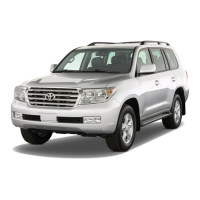


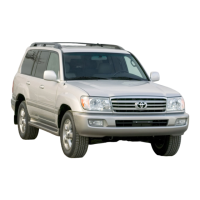

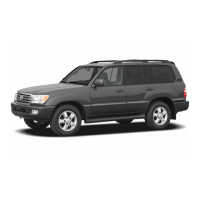
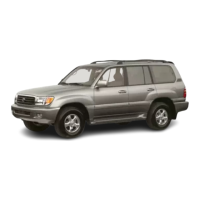

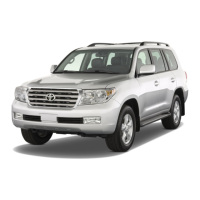
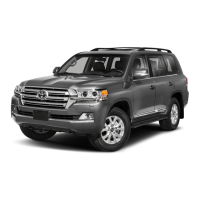
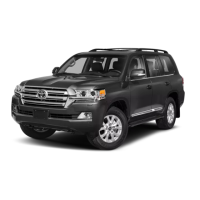
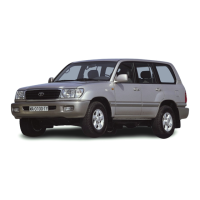
